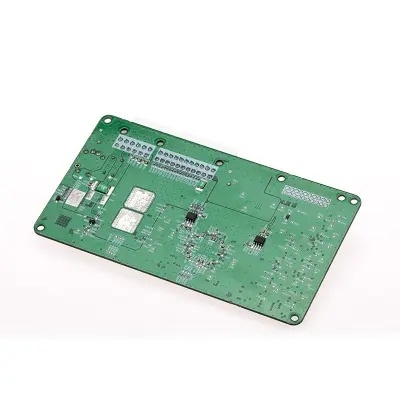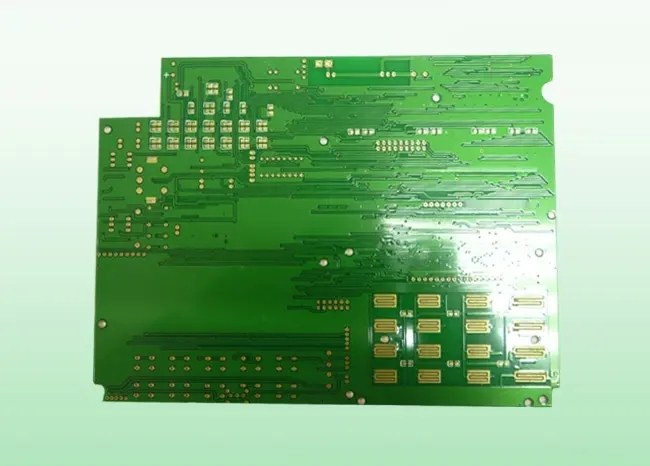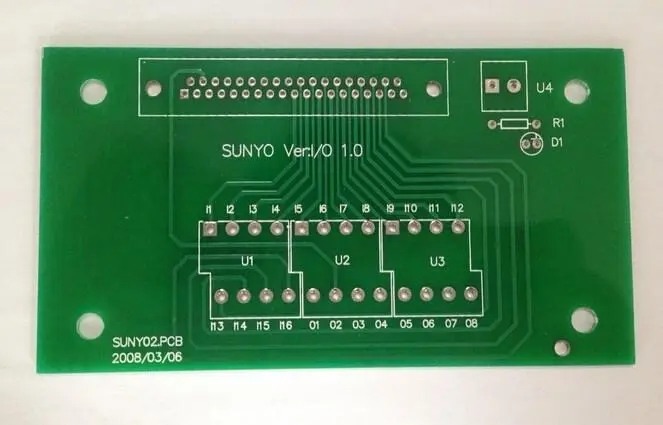
Differences between bypass capacitor and decoupling capacitor in PCB design
circuit board processing manufacturer explain the difference between bypass capacitor and decoupling capacitor in PCB design
Difference between bypass capacitance and decoupling capacitance
Bypass: Transfer unwanted common mode RF energy from components or cables. This is mainly to eliminate the unintentional energy entering the sensitive part by generating AC bypass, and also to provide baseband filtering function (bandwidth limited).
Decoupling: Remove RF energy from high-frequency devices into the distribution network during device switching. The decoupling capacitor can also provide a localized DC voltage source for the device, which is particularly useful in reducing the cross board surge current.
We can often see that a decoupling capacitor is connected between the power supply and the ground, which has three functions: first, it serves as the energy storage capacitor of the integrated circuit; The second is to filter out the high-frequency noise generated by the device and cut off its transmission path through the power supply circuit; The third is to prevent the noise carried by the power supply from interfering with the circuit.

In electronic circuit, decoupling capacitor and bypass capacitor both play the role of anti-interference. Different capacitors are called different due to their different positions. For the same circuit, the bypass capacitor takes the high-frequency noise in the input signal as the filtering object and the high-frequency clutter carried by the front stage as the filtering object. The decoupling capacitor, also known as decoupling capacitor, takes the interference of the output signal as the filtering object.
The reason why a small capacitor is connected in parallel with a large capacitor
Large capacitors are generally large because of their large capacity, and are usually made by multi-layer winding, which leads to large distributed inductance of large capacitors (also called equivalent series inductance, or ESL). As you know, the impedance of inductance to high-frequency signal is very large, so the high-frequency performance of large capacitors is not good. On the other hand, some small capacitance capacitors are just the opposite. Because of their small capacity, they can be made very small (shortening the lead reduces the ESL, because a section of wire can also be regarded as an inductor). In addition, they often use the structure of flat capacitance, so that small capacitance capacitors have very small ESL, which has good high-frequency performance. However, because of their small capacity, they have large impedance to low-frequency signals. Therefore, if we want to make low-frequency and high-frequency signals pass through well, we will use a large capacitor and a small capacitor. The ceramic chip capacitor with a small capacitance of 0.1uF is often used. When the frequency is higher, smaller capacitors can be connected in parallel, such as several pF and several hundred pF. In digital circuits, it is generally necessary to connect a 0.1uF capacitor in parallel to the power supply pin of each chip to the ground (this capacitor is called decoupling capacitor, which can also be understood as power filter capacitor, and the closer to the chip, the better). Because the signals in these places are mainly high-frequency signals, smaller capacitors can be used for filtering. The circuit board assembly and circuit board processing manufacturers explain the difference between bypass capacitance and decoupling capacitance in the design of printed circuit boards.







